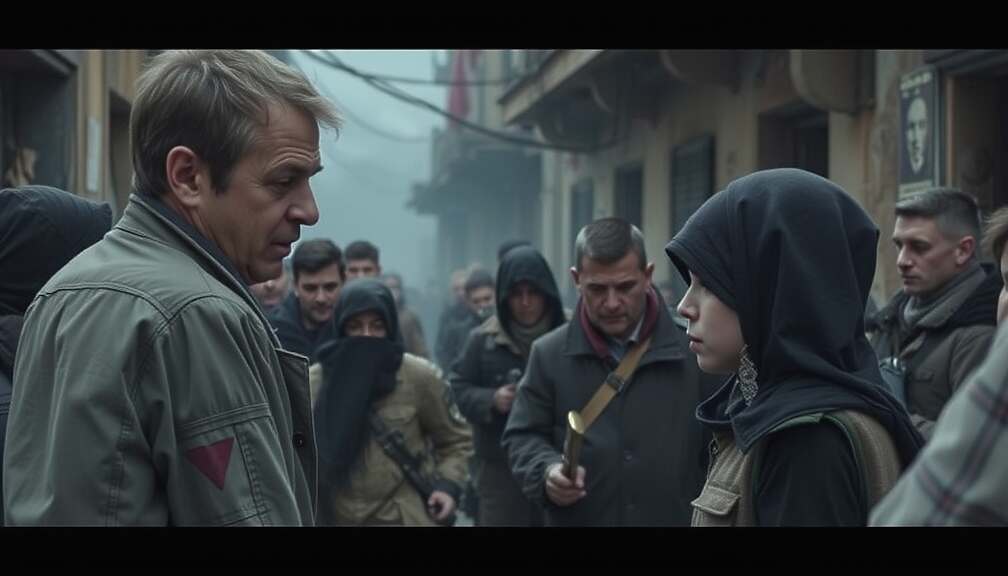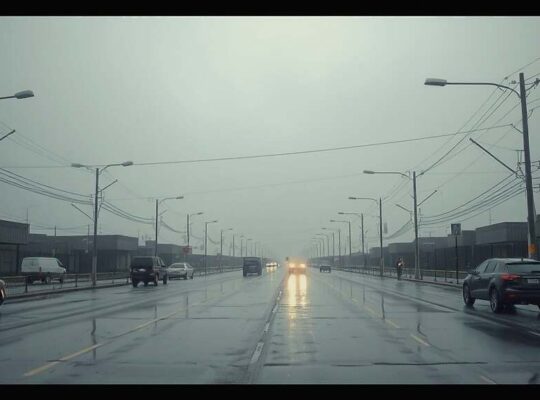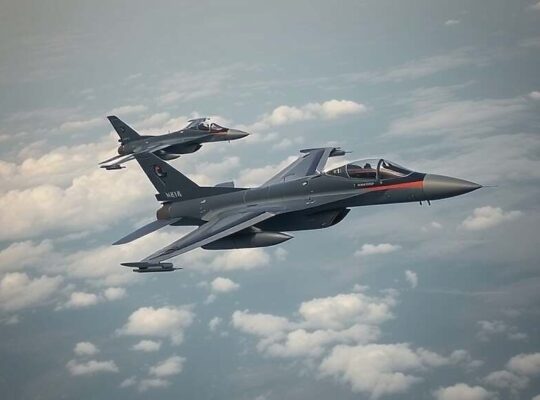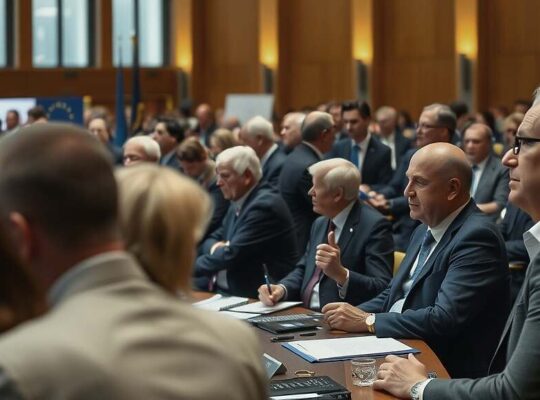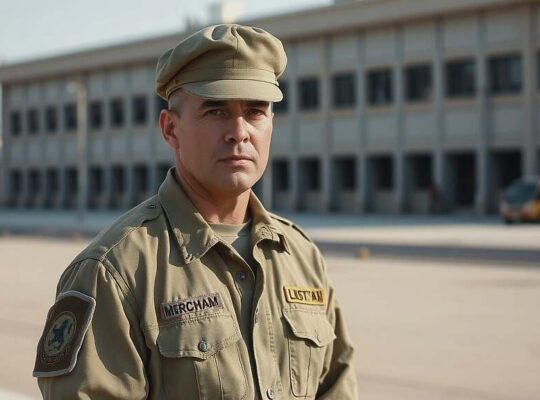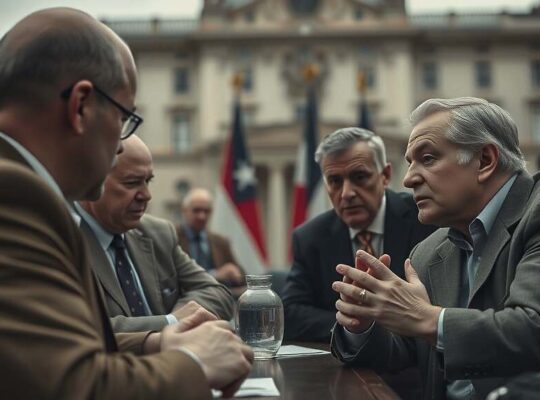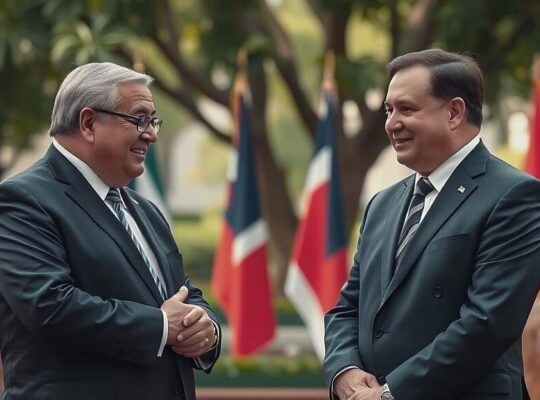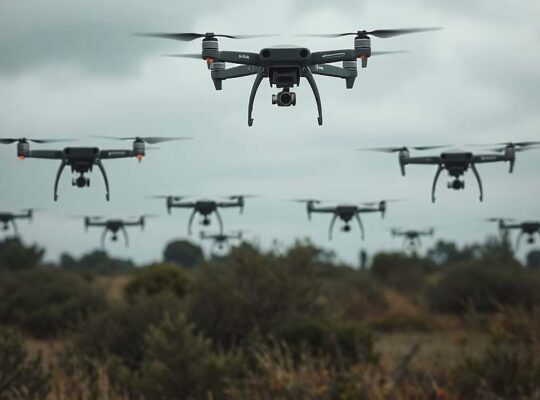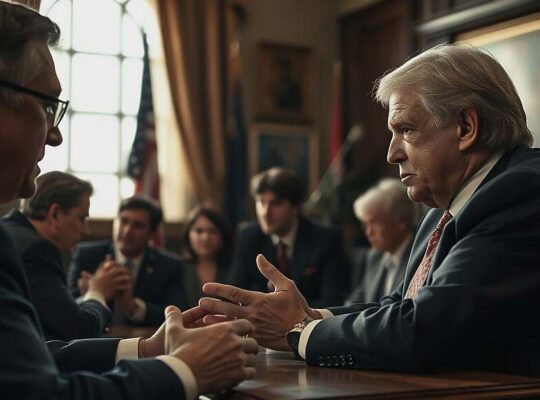The risk of a Russian nuclear strike against Ukraine peaked in the autumn of 2022, reaching a probability estimated between 10 and 25 percent, according to former NATO Secretary-General Jens Stoltenberg. This assessment, detailed in his forthcoming memoir “On Duty” (Siedler-Verlag), stark contradicts previous claims from former U.S. officials and investigative reporting by journalist Bob Woodward, who suggested a 50/50 likelihood at the time.
Stoltenberg’s revelations, disclosed ahead of the book’s release at the Frankfurt Book Fair, paint a more nuanced picture of the anxieties within NATO during a critical juncture of the war. The shift in perceived risk occurred following Ukrainian forces’ successful recapture of significant territory previously occupied by Russian forces, fueling concerns within Washington that President Vladimir Putin might resort to escalatory measures.
The discrepancy in estimates underscores a complex and potentially fraught intelligence landscape surrounding the conflict. While U.S. officials apparently believed the risk of nuclear deployment was substantial, Stoltenberg insists his assessments, based on intelligence reports, presented a lower, albeit still worrisome, probability. The timing of this reassessment is particularly significant, highlighting the precariousness of the situation as Ukraine’s counteroffensive gained momentum.
When pressed by “Der Spiegel” regarding the divergence in assessments, Stoltenberg offered a circumspect response, stating that all relevant events are “extensively detailed” within the book. He also alluded to conversations with German Chancellor Olaf Scholz concerning the delivery of Leopard tanks to Kyiv, emphasizing that discussions around the armored vehicles were “not connected to nuclear threats.
However, this carefully worded denial raises further questions. The sensitive nature of these conversations and the potential for political pressure on both sides of the negotiation surrounding the tank deliveries warrant closer scrutiny. While Stoltenberg seeks to distance the tank discussions from the nuclear threat, the broader context reveals a period of intense diplomatic maneuvering and heightened strategic anxieties within the Western alliance, demanding a critical examination of the factors that shaped NATO’s response to Russia’s aggression. The release of Stoltenberg’s memoir promises to provide deeper insight into these critical moments but also necessitates careful analysis of the potential motivations driving the contrasting narratives surrounding the risk of nuclear escalation.


